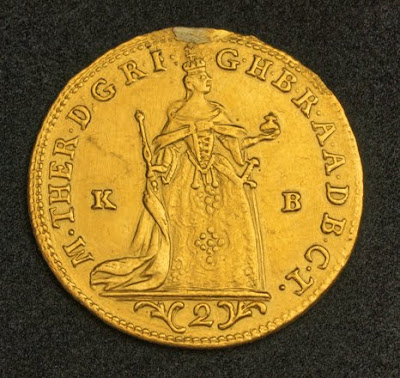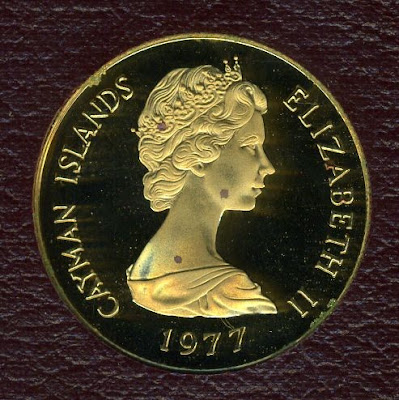 |
| German States coins Double Ducat |
 |
| Nuremberg City Double Lamb Ducat |
German Gold Coins, Nurnberg City Double Lamb Ducat - 2 Ducats Gold Coin, minted in 1700.
Obverse: Lamb of God, standing on globe left, holding inscribed (PAX) banner. Date chronogram (MDCC = 1700) in legend around.
Legend: TEMPORA NOSTRA PATER DONATA PACE CORONA.
Reverse: Dove with laurel branch in beak, stepped on three oval shields within foliage.
Legend: + SECVLVM NOVVM CELEBRAT RESP. NORIBERGENSIS.
Exergue: GF-N (engraver´s initials)
Engraver: Georg Friedrich Nurnberger (GFN)
Weight: 6.88 gram of Gold (.986)
Diameter: 28 mm
German Coins, German coinage, German silver coins, German States Coins, Coins of Germany, German Gold Coins, German commemorative coins, German Imperial Coins, Numismatic Collection, Coins of the German Empire, Coins of Germany best silver coins for investment, silver coins, German East Africa coins, old coins, coin collecting, rare coins, world coins, foreign coins, heritage coins, silver ira investment, silver bullion coins, silver coin collection investors, investment coins, antique coins, Unique Silver Coins, collectible coins, Münzen Deutschland, silbermünzen, Münzen aus Deutschland, Münzen Deutsches Kaiserreich.
Nuremberg (German: Nürnberg) is a city in the German state of Bavaria, in the administrative region of Middle Franconia. Situated on the Pegnitz river and the Rhine–Main–Danube Canal, it is located about 170 kilometres (110 mi) north of Munich. It is the second-largest city in Bavaria (after Munich), and is the largest in Franconia. The population as of December 2011, is 510,602, which makes it Germany's fourteenth largest city. The "European Metropolitan Area Nuremberg" has 3.5 million inhabitants.
Lamb of God (Greek: ἀμνὸς τοῦ θεοῦ, amnos tou theou; Latin: Agnus Dei) is a title for Jesus that appears in the Gospel of John. It appears at John 1:29, where John the Baptist sees Jesus and exclaims, "Behold the Lamb of God who takes away the sin of the world."
Although "Lamb of God " refers in Christian teachings to Jesus Christ in his role of the perfect sacrificial offering, Christological arguments dissociate the term from the Old Testament concept of a "scapegoat," which is a person or animal subject to punishment for the sins of others without knowing it or willing it. Christian doctrine holds that Jesus chose to suffer at Calvary as a sign of his full obedience to the will of his Father, as an "agent and servant of God". The Lamb of God is thus related to the Paschal Lamb of Passover, which is viewed as foundational and integral to the message of Christianity.
A lion-like lamb that rises to deliver victory after being slain appears several times in the Book of Revelation. It is also referred to in Pauline writings, 1 Corinthians 5:7 suggests that Saint Paul intends to refer to the death of Jesus, who is the Paschal Lamb, using the theme found in Johannine writings.
The Lamb of God title is widely used in Christian prayers, and the Agnus Dei is used as a standard part of the Catholic Mass, as well as the classical Western Liturgies of the Anglican and Lutheran Churches. It also is used in liturgy and as a form of contemplative prayer. The Agnus Dei also forms a part of the musical setting for the Mass.
As a visual motif the lamb has been most often represented since the Middle Ages as a standing haloed lamb with a foreleg cocked "holding" a pennant with a red cross on a white ground, though many other ways of representing it have been used.
















































